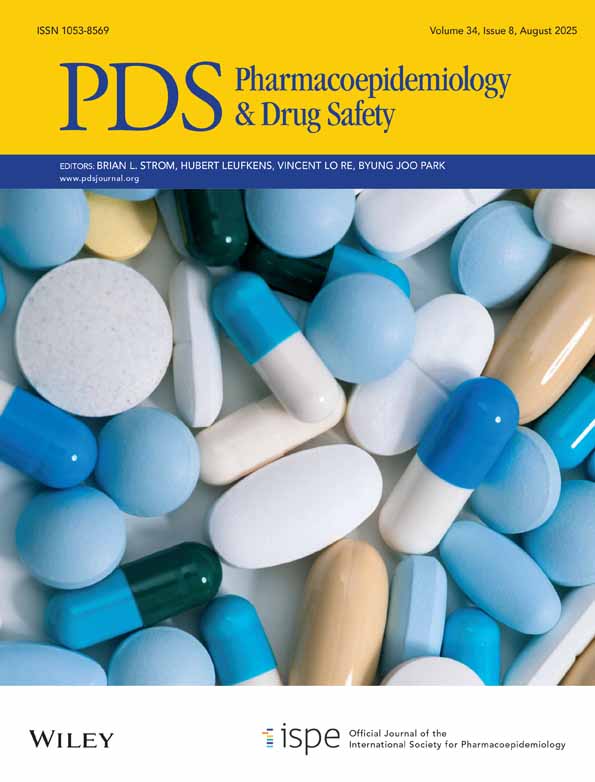The population risk of fractures attributable to oral corticosteroids†
No conflict of interest was declared.
Abstract
Purpose
Previous studies have indicated a relationship between oral corticosteroid use and the risk of fracture, although without population-based comparators or exact dose information. The aim was to estimate the relative and population attributable risk (PAR) of admission for non-traumatic fracture among users of corticosteroids.
Methods
The design was a retrospective cohort study of the population of Tayside, Scotland aged 18 or over and resident between 1 January 1993 and 31 January 1997 (n = 280 645). Subjects included were those who redeemed one or more prescriptions for oral corticosteroids compared with those not prescribed corticosteroids (oral or inhaled) in the population. The main outcome measure was the PAR and relative risk of hospital admissions for non-traumatic fracture.
Results
Approximately 7.5% of the population received prescriptions for oral corticosteroids. There was a significantly higher risk of fracture in the oral corticosteroid cohort when exposed to drugs compared with the general population (RR = 1.90, 95%CI 1.68, 2.16), after adjustment. Women were at higher risk than men, especially for vertebral fractures (RR = 5.19, 95%CI 2.95, 9.16). Previous fracture, Parkinsonian and anti-epileptic medication were significantly associated with higher risk, while HRT, NSAIDS and statins were associated with lower risk. An estimate of one in six vertebral and 1 in 13 non-vertebral fractures could be due to oral corticosteroid use in the population.
Conclusions
The important public health impact of oral corticosteroids, especially in women needs to be addressed. Greater use of medication to ameliorate the adverse effects of these widely-used drugs is advocated. Copyright © 2005 John Wiley & Sons, Ltd.




